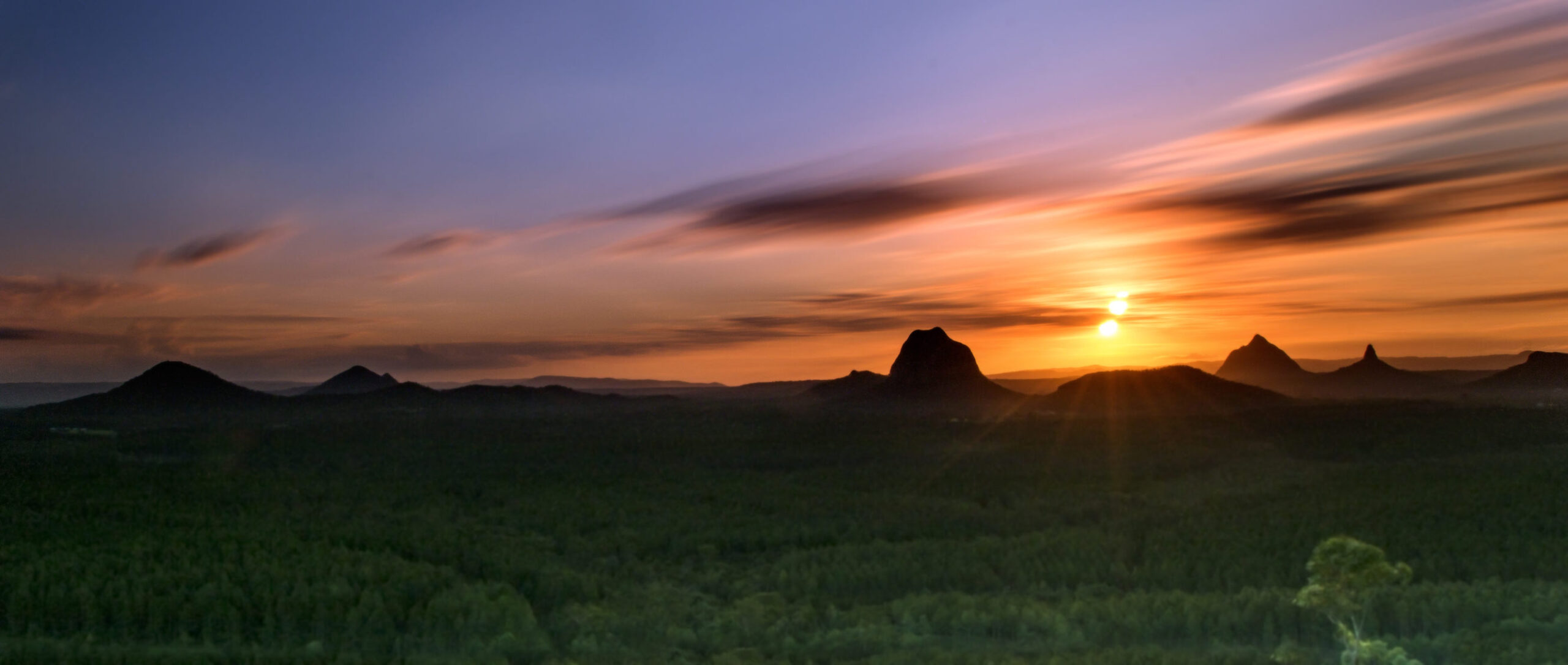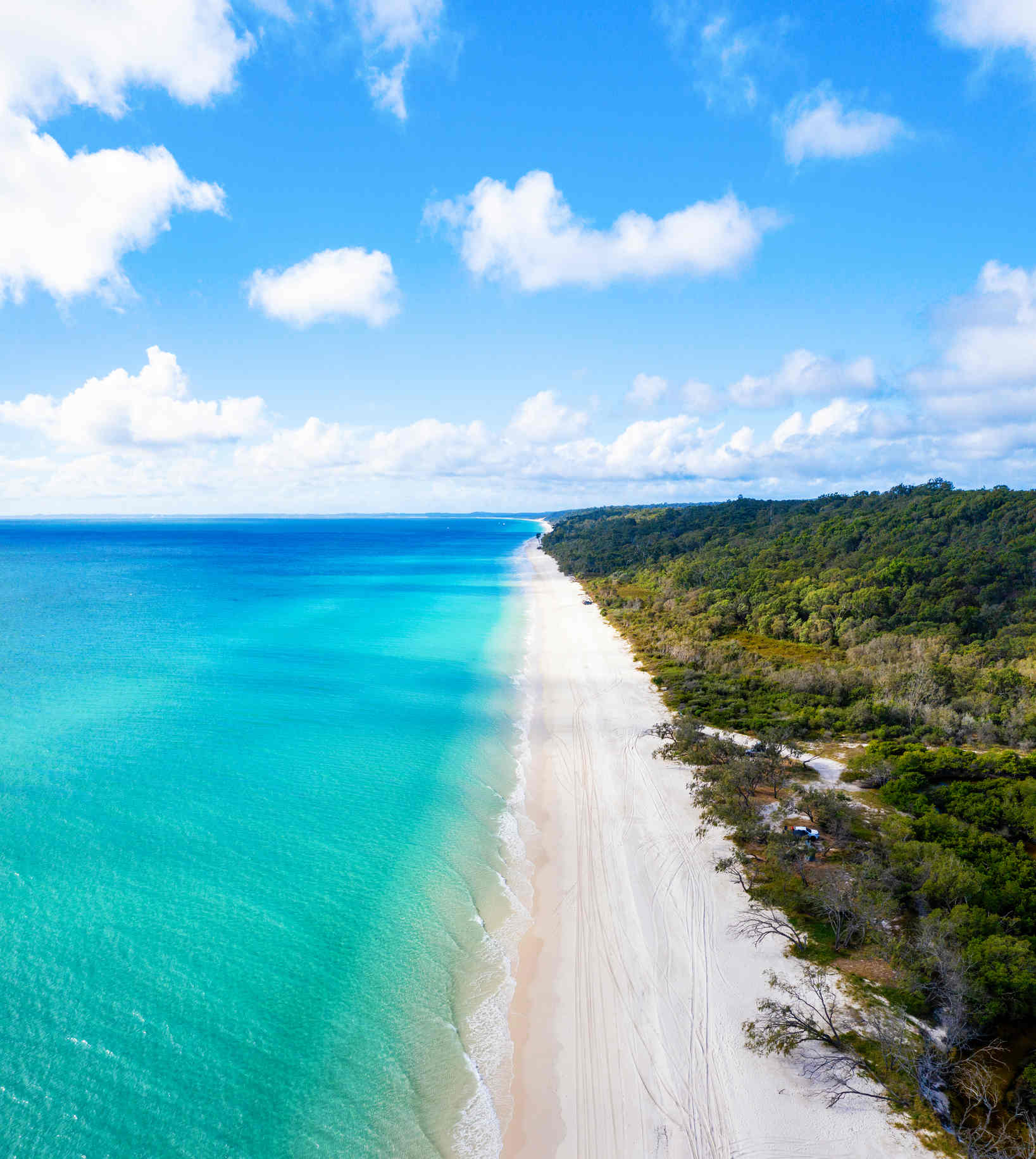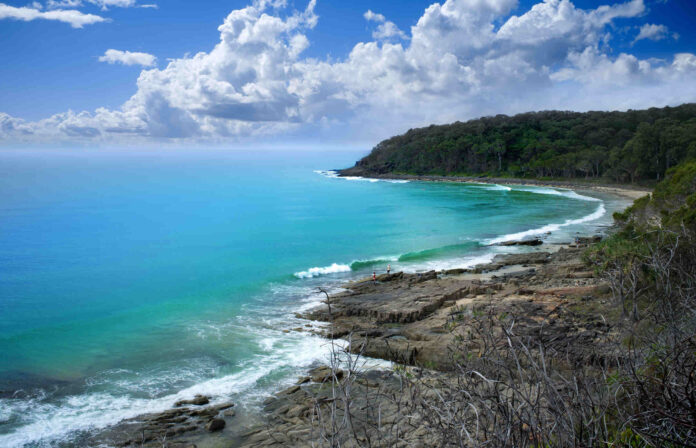A Sunshine Coast academic says the region and its surrounds provide rare opportunities for research and the ability to adapt to climate change.
The Sunshine Coast, Noosa and Fraser Coast make up the only stretch of three neighbouring UNESCO Biospheres in the world.
A biosphere is globally recognised an ‘international site of excellence’ where people live and work sustainably alongside active conservation and sustainable development.
University of the Sunshine Coast Vice-Chancellor and President Professor Helen Bartlett said the cluster provided enormous opportunity for researchers and students.
“We have a unique status where three UNESCO Biosphere Reserves sit side by side – stretching an estimated 222 kilometres, from the world’s largest sand island (Fraser Island), through kilometres of coastlines and waterways up to the sub-tropical rainforests and mountains,” she said.
“These are not only ecologically fascinating and beautiful places to conduct study and conservation work, but they are also closely located to places where people live and interact with the landscape.

“International students see this as an opportunity to study across multiple regions where people live in close proximity to areas of ecological significance, interact with it, and actively work to learn more about the land, water, wildlife and people of the area.”
UniSC Deputy Vice Chancellor (Research and Innovation) Professor Ross Young said there were seven types of ecosystem-specific networks listed by UNESCO, and Queensland’s biospheres encompassed five – mangroves, marine coastal and island areas, mountains, tropical forest and wetlands.
“As a university that places enormous focus on research that aligns with the United Nations’ Sustainable Development Goals, we are fortunate to have access to such a rich network of landscapes, biodiversity, cultural heritage and communities,” he said.

“Our work in these regions has led to UniSC’s global research success. We are enormously proud of our research in ecological applications, environmental science and management, ecology, fisheries sciences, forestry sciences, and others that have been rated ‘well above world standard’ in the Excellence in Research for Australia assessments by the Australian Research Council.”
International Day for Biosphere Reserves was on Friday.
There are five reserves in Australia and 700 worldwide. They are learning areas for sustainable development under diverse ecological, social and economic contexts.
They also have an enormous potential in addressing climate change, particularly as places for learning about sustainable development and for experimenting on mitigation and adaptation measures on climate change.
The Sunshine Coast was declared a Biosphere Reserve by UNESCO in June, joining the existing Noosa Biosphere Reserve (2007) and Great Sandy Biosphere Reserves (since 2009).
For more information see Great Sandy Biosphere Reserve, Noosa Biosphere Reserve and Sunshine Coast Biosphere.
New tourism campaign
A new tourism marketing campaign will showcase the Sunshine Coast’s sustainability credentials.
Member for Nicklin Rob Skelton said the region’s eco-certified experiences will be the focus of a campaign by Visit Sunshine Coast.
It will be one of two projects the State Government is funding CSV to deliver.
An integrated brand and experiences transformation program will also be delivered to ready local tourism businesses for the next decade.
The Sunshine Coast will also be part of a wider Drive Queensland co-operative marketing campaign, promoting drive holidays across the whole state.





